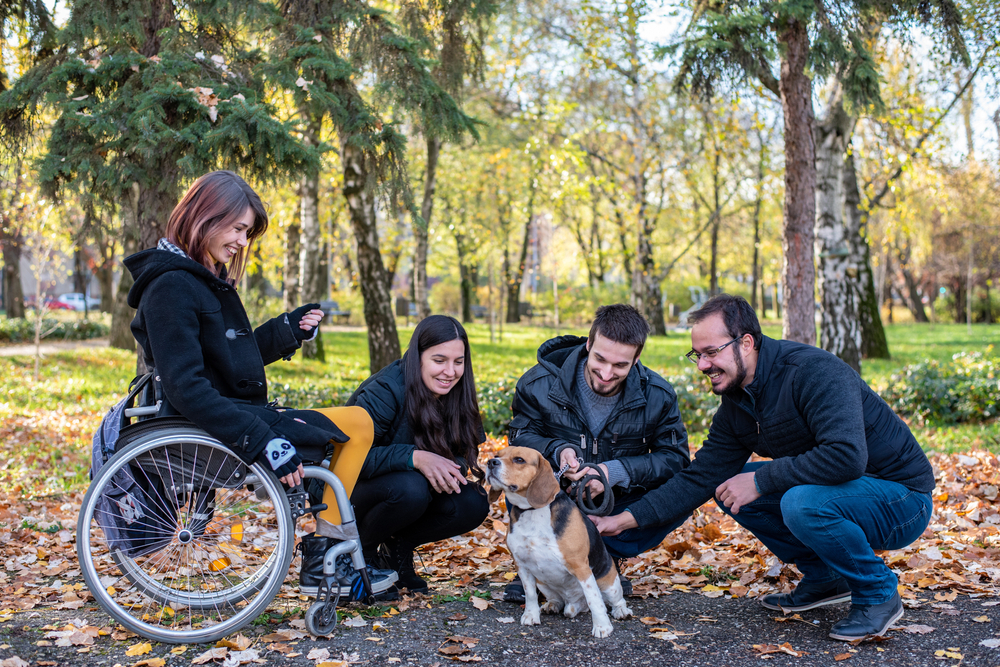What is diabetic ketoacidosis?
If you live with diabetes, you've likely heard of the risks of blood sugar levels getting out of range. You probably know about hyperglycemia (high blood sugar) and hypoglycemia (low blood sugar), but you might be left wondering, "What is diabetic ketoacidosis?"
This is common! Thankfully, a little knowledge can go a long way toward treating and preventing the condition.
Diabetic ketoacidosis, also known as DKA, is a serious complication of diabetes. In fact, up to 30% of people newly diagnosed with type 1 diabetes (t1d) initially seek treatment from a healthcare provider because they've developed DKA. Here's a rundown of everything you need to know about this condition.
What causes DKA?
Normally, your cells burn sugar for energy. When there's not enough sugar available, your body breaks down fat into ketone bodies, an alternate energy source. You can switch to burning ketones frequently, such as overnight when your glucose supply runs low. But when you have plenty of insulin available, you revert back to burning sugar as soon as you eat some carbohydrates.
When there's not enough insulin available to move the glucose from your bloodstream into your cells, DKA occurs. With DKA, there's plenty of glucose in the bloodstream but your cells are still "hungry" because the glucose isn't getting inside them. This causes your body to switch to burning ketones for fuel. If the use of ketone bodies continues over time, they build up in the bloodstream. As ketone bodies are acidic, the blood then becomes acidic. At the same time, glucose from the carbs you eat can also build up in the bloodstream.
Underlying conditions such as fever, infection, and dehydration can contribute to DKA. Steroid drugs and pregnancy can also increase the risk of developing the complication.
The bottom line: Not treating high blood sugar with adequate insulin, especially during times of illness, is a recipe for DKA. Regular and routine monitoring of your blood sugar — and following up with the necessary treatment for high blood sugar — is essential for avoiding diabetic ketoacidosis.
Signs and symptoms of DKA
Although people with type 2 diabetes can experience diabetic ketoacidosis, it's much more common in people with t1d. DKA usually happens quickly — it may occur in as little as 24 hours — so it's important to know the warning signs.
The following symptoms might indicate DKA:
- Excessive thirst
- Excessive urination
- Vomiting
- Abdominal pain
- Heavy, labored breathing
- Difficulty thinking or feeling very tired
- Sweet or "fruity" breath
Testing for DKA
Regularly monitoring your blood sugar is essential to managing diabetes properly. It's also possible to monitor your urine for the presence of ketones. Urine ketone test kits don't require a doctor's prescription.
If your blood sugar is well-managed, you may not need to check for ketones. But if your blood sugar spikes and/or you experience any of the symptoms above, checking your urine for ketone bodies is recommended. If you find a "moderate" or "large" amount of ketones present in your urine, call your healthcare provider right away to inform them and ask for advice. Your Certified Diabetes Care and Education Specialist can also provide valuable guidance.
Preventing DKA
The first step toward preventing DKA is regularly monitoring your blood sugar. You can do this with regular fingerstick testing or by using a continuous glucose monitor (CGM). CGMs can alert you to upcoming low or high blood glucose levels before they occur, saving you from emergency situations like DKA and saving your sore fingers at the same time.
If your blood glucose is high and you're prescribed insulin or medication for diabetes, be sure to take your insulin or medication as prescribed. This should supply your body with the insulin it needs to help the sugar in your bloodstream pass into your cells, preventing the cells from signaling that they're "hungry" and that ketones are needed.
If you've already taken your medication or insulin as prescribed and you've seen a spike in your blood sugar, check your urine for ketone bodies. If ketone bodies are present, contact your healthcare provider and follow their advice. If not, drink several glasses of water and recheck your blood sugar and urine ketones in a few hours.
Treating DKA
If you develop DKA and need to be hospitalized, your healthcare team will most likely administer IV fluids and insulin. The usual hospital stay is about two days, although this could be much longer if there are complications. Getting in touch with your healthcare team as soon as you know you have ketones present in your urine is key to managing early DKA at home and avoiding a hospital stay if possible.
Now that you have the answer to the question, "What is diabetic ketoacidosis?" you can keep an eye out for associated symptoms and warning signs. If you develop DKA, talk with your healthcare team about the events that led up to your illness. You and your team will be able to pinpoint the cause of your DKA and what you might do in the future to avoid a future episode so you can live a healthy life with diabetes.
Are you interested in learning more about next-level blood glucose monitoring? Explore the Health Insights blog to discover what's on the horizon for CGM technology.




